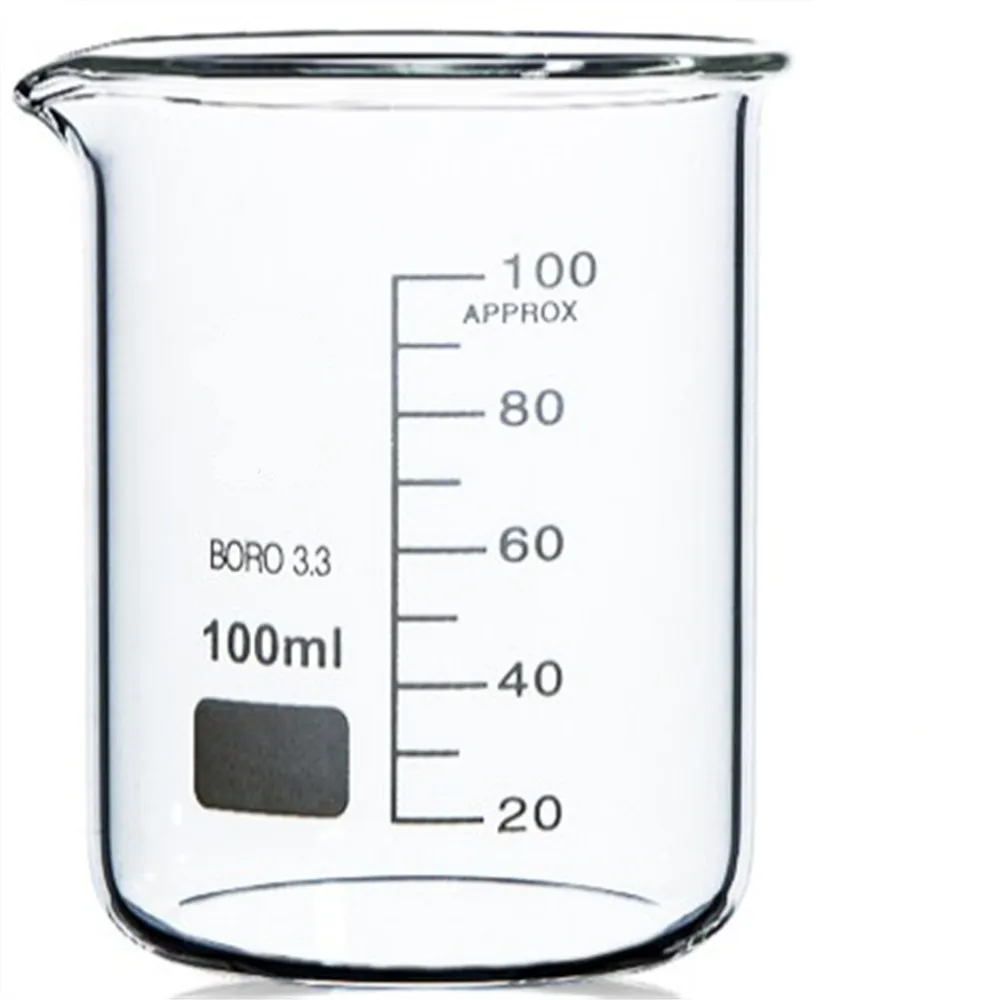
Discrete legacy data is available to be pulled into analytics so that when a search spans data from PDS and Beaker, there is no need to break up the search among two systems. At a fundamental level, this means that all legacy cases keep their legacy case numbers, and all recut requests, amendments, and addendums can be performed and resulted in Beaker. We successfully converted over 4,200,000 cases dating back to the first use of a laboratory information system at the Johns Hopkins Hospital. That was the past and we are the future! The team who signed out the first case using Dragon. You will find the same question posed in even a cursory review of the Epic User Web Forum for the Beaker Module: How are you converting cases from your legacy system to Beaker? In the past, that answer involved a disappointing workflow requiring each legacy case to be reaccessioned into Beaker, conveying a new Beaker case number to the case, and relabeling all assets of that case. Johns Hopkins Pathology is Epic’s first customer that did a full-scale Pathology case conversion.

Epic Beaker has officially replaced the long-lived Pathology Data System (PDS) Laboratory Information System in use at Johns Hopkins since 1984! The first case ever accessioned, 19-10001. Sometimes while the lid is over the beaker, materials from explosive chemical reactions can fly through the lid and out of the beaker.In the wee hours of Sunday, February 10, 2019, the Epic Beaker Anatomic Pathology Laboratory Module went live at the Johns Hopkins Hospital, Howard County General Hospital, and the Johns Hopkins Bayview Medical Center. Small operations are good, but I would recommend that anyone refrain from using more than 20 of any solid material at once especially with the more explosive reactions that can occur as they can cause serious frame issues or in some cases cause the app to crash entirely.ĭo NOT try to mix solid NaOH with solid NHCl as having them touch at all will instantly cause the app to crash. There are also a few problems with the app such as: You can make different compounds than what are shown in the menus, but not knowing how much you have or how hot it is while in a liquid or gaseous state makes using them in an efficient manner difficult… (… and I have tried once before to make manganese heptoxide… ) (probably to avoid complications with the app) You can heat up the contents of a mixture but you can’t cool it down. It is fairly basic and doesn’t have a lot of features. If any chemicals or reactions are missing, please contact us at Your suggestions are greatly valuable to us. * AirMix requires an Internet connection and geolocation services.

Pour NaCl + H2O into AgNO3 + H2O (precipitation) Pour CH3COOH into NaHCO3 + Blue (bubbles) CuSO4 + H2O + Mg (color transformation)ĪirMix* (nearby BEAKERs will pair automatically) Heat Up (swipe in from the lower right corner to turn on Burner) Ignite (swipe your finger and hold, like striking a match)

Or get the extra five tools - Blender, Cooler, Separator, Filter and Meter to do even more complex operations. Use virtual Match, Lid and Burner to assist your experiment. Or team up with your friends to pour chemicals between each other via AirMix™. Add in chemicals, heat it up, and shake your device to start reactions. Explore 150 chemicals in a virtual lab in the BEAKER app.


 0 kommentar(er)
0 kommentar(er)
